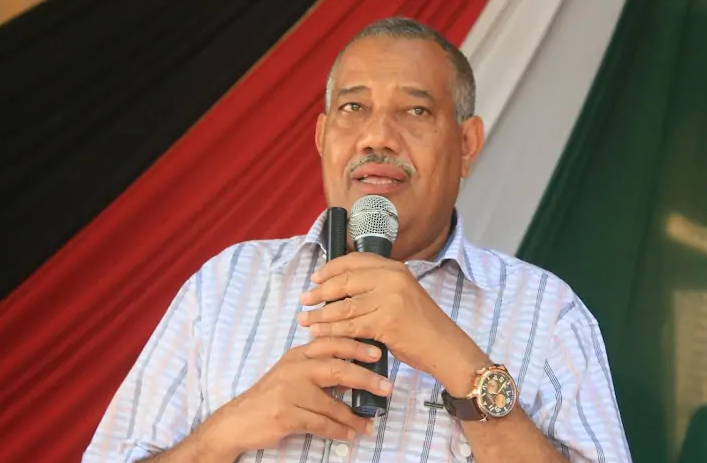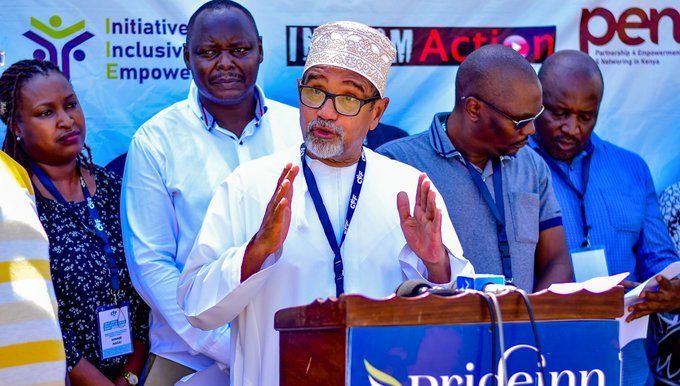Lamu needs Sh300m pipeline to quench locals’ thirst – Timamy

Lamu County requires Sh300 million to have a modern pipeline for water supply, area Governor Issa Timamy has said.
He said the current system is dilapidated and that his administration is putting measures in place to replace it and ensure that the locals get clean and affordable drinking water.
This even as Timamy told the committee that 2,769 customers in the county are yet to pay the water bills owed to the Lamu Water and Sewerage Company (LAWASCO), adding that the national government agencies are some of the institutions that owe the devolved unit huge amounts of money.
While appearing before the Senate County Public Investments and Special Funds Committee chaired by Vihiga lawmaker Godfrey Osotsi, Timamy said LAWASCO has experienced serious challenges in its management with a former Managing Director being responsible for running down the firm before he was replaced.
“Lamu Water and Sewerage Company has a new Managing Director who is an Engineer by profession and therefore qualified to revive the company. The former Managing Director was unqualified and presided over the crumbling of this firm,” said Timamy.
However, Osotsi told the governor that the water company was technically insolvent, that he should take a keen interest in its management, and that there was a general misconception that water companies were independent bodies but were under the watch of respective county administrations.
“We would like to ask Governor Timamy to provide the name of the former Managing Director of Lamu Water and Sewerage Company who was involved in financial misappropriation for legal action to be taken against him since we cannot allow public funds to get lost,” said Osotsi.
Instead, the Senator Osotsi-led committee directed the Ethics and Anti-Corruption Commission (EACC) to commence investigation on the conduct of the former Managing Director and board members of Lamu Water and Sewerage Company and provide a report to the committee in 14 days.
Osotsi asked the county administration to put in place comprehensive measures to tackle high non-revenue water, which exceeded the accepted 25 per cent and how it intends to handle the commercial losses that it has been incurring in the past.










